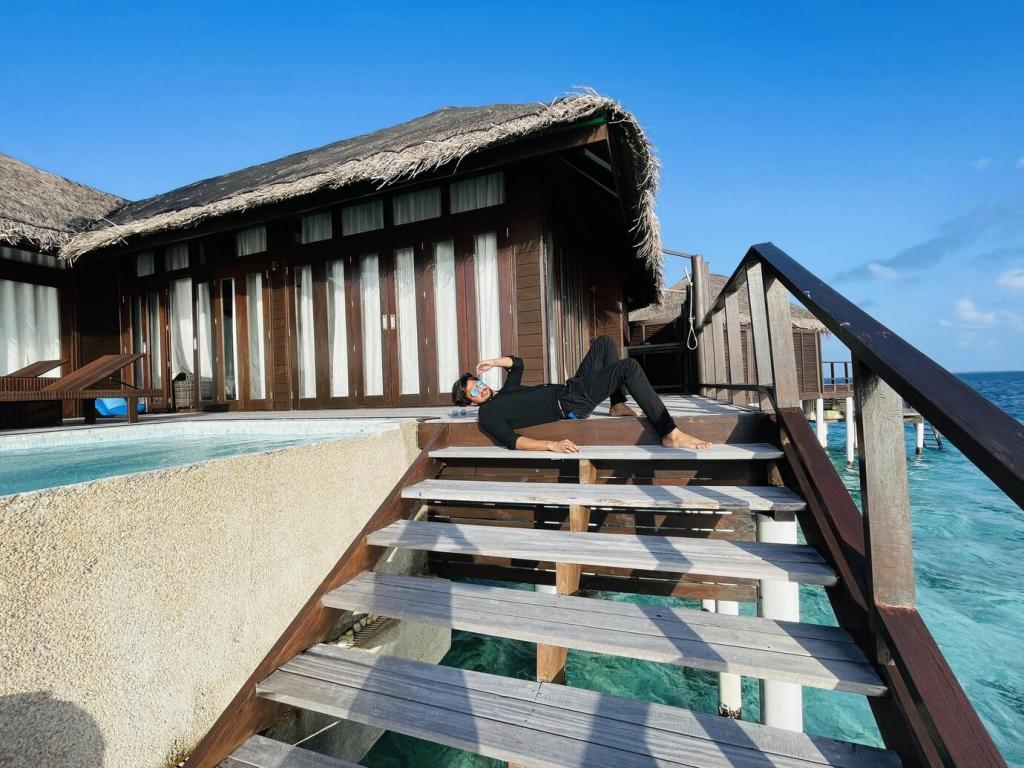Coastal Real Estate Trends in Tourism Hotspots
Shifting Buyer Demographics
The Rise of Millennial and Gen Z Buyers
Millennials and Gen Z are making their presence felt in coastal real estate markets once dominated by retirees and established families. With digital-first lifestyles, these younger buyers search for properties that not only serve as vacation homes but also double as telecommuting hubs or rental investments. This group often values sustainability, high-speed connectivity, and proximity to local experiences over traditional luxury accoutrements. Their preferences are fueling developments with co-working spaces, eco-friendly designs, and neighborhoods that support social connection, fundamentally shifting what gets built and where demand is the strongest.
International Buyers Redefining Demand
Globalization continues to influence hot coastal destinations, with international buyers from Europe, North America, and Asia vying for prime beachfront properties. Their tastes, investment horizons, and cultural expectations impact local real estate offerings, often driving up prices and sparking new developments targeted at cosmopolitan lifestyles. Pandemic-era travel restrictions briefly dampened this phenomenon, but renewed mobility is invigorating cross-border property purchases, particularly in regions with stable governments and attractive residency programs. This shift introduces both challenges and opportunities for local economies and communities as they adapt to a more global clientele.
Multi-Generational Family Investments
Increasingly, families are pooling resources to acquire coastal properties meant to serve several generations. These purchases are driven by a desire to create lasting legacies, accommodate flexible living situations, and optimize rental returns. As a result, there is growing demand for multi-bedroom homes, adaptable floor plans, and community amenities suitable for children and elders alike. Properties that cater to these extended families—offering privacy, accessibility, and communal gathering spaces—see greater appreciation in value and occupancy, especially in markets where vacation rentals are in high demand.

Eco-Resilient Architecture and Planning
As climate change heightens risks in coastal zones—rising sea levels, storms, and erosion—developers are embracing resilient building techniques and site planning. Elevated structures, natural barriers, energy-efficient materials, and robust drainage are becoming standard features in new projects. Buyers and renters increasingly recognize the value of properties designed for long-term environmental challenges, which boosts the desirability and potential appreciation of homes that integrate forward-thinking sustainability from the outset.

Energy Efficiency and Smart Home Integration
Green credentials now play a central role in coastal real estate, with energy efficiency viewed as both an ecological and economic imperative. Solar panels, smart thermostats, and low-impact appliances are integrated into new builds and retrofits alike. The combination of technology with eco-design appeals to conscientious buyers looking to minimize their carbon footprint and reduce long-term energy costs. In popular tourism destinations, these features offer a competitive edge—rental guests are more likely to book and pay premium rates for homes equipped with sustainable amenities and automated comfort controls.

Community-Focused Sustainable Developments
Entire neighborhoods are being planned with an ecological ethos, featuring communal green spaces, water recycling, community gardens, and walkable access to local businesses. These sustainable developments encourage social interaction and environmental responsibility, fostering a sense of community among residents and visitors. As tourism hotspots grapple with overtourism and resource strain, such holistic planning not only preserves local landscapes but also establishes a market premium, attracting forward-thinking buyers who value a sustainable, community-oriented lifestyle.
Short-Term Rentals and Vacation Homes
The explosion of digital booking platforms, coupled with the resurgence of travel, has made short-term vacation rentals a mainstay in coastal real estate investment. Properties situated near major attractions, beaches, or entertainment districts command significant returns through platforms such as Airbnb and Vrbo. Investors analyze occupancy rates, local regulations, and seasonal trends to optimize their portfolios. However, the rise of short-term rentals also poses challenges—local governments are imposing stricter regulations to balance tourism with resident needs, and responsible management is essential to sustain long-term profitability.
Emerging Markets and Undervalued Destinations
While established destinations remain highly sought-after, astute investors are increasingly looking toward emerging coastal markets with untapped potential. These areas may offer greater affordability, favorable tax regimes, and incentives designed to attract foreign investors or remote workers. Predicting the next tourism hotspot requires research into infrastructure improvements, government development plans, and patterns in travel demand. Early entry into these undervalued areas often results in substantial appreciation as the market matures and tourism infrastructure expands.
Impact of Domestic and Global Economic Trends
Broader economic forces, from interest rates to currency fluctuations, play a pivotal role in shaping coastal real estate trends in tourist destinations. International buyers are particularly sensitive to currency valuations and regional economic stability, while domestic conditions influence affordability and demand. Real estate in tourism hotspots can be subject to increased volatility, but also offers diversification for investors willing to monitor macroeconomic indicators and hedge accordingly.

